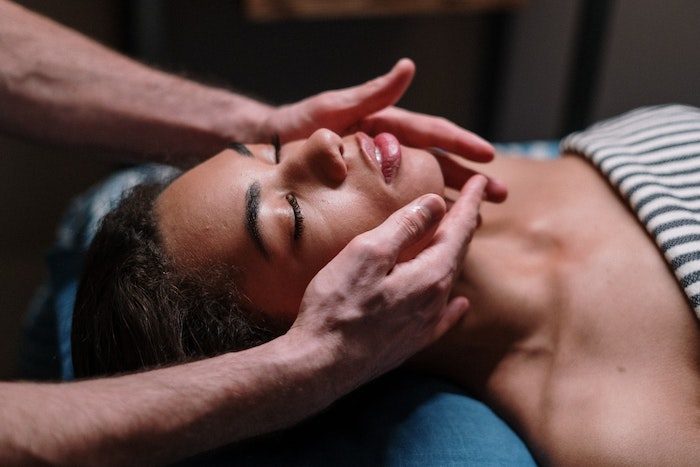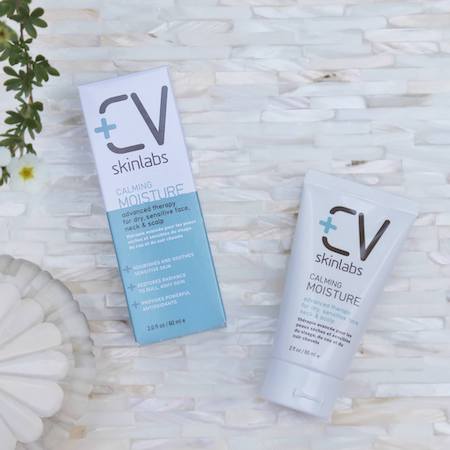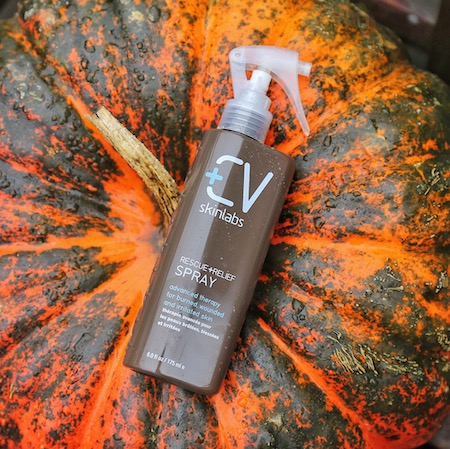
Is “repair skin barrier” on your to-do list?
If not, here’s why you may want to change that!
How Do I Know if My Skin Barrier is Damaged?
The skin barrier is the outermost layer of your skin. It protects the skin and the rest of the body from outside threats like germs, UV radiation, and pollution, while also trapping moisture and nutrients.
You want to keep the skin barrier healthy because it is the primary determinant of how your skin looks. If the barrier is strong and doing its job, your skin will look hydrated, smooth, and youthful.
If this skin barrier is damaged, you may notice signs like the following:
- Dryness and flaking
- Dullness
- Redness and irritation
- Discoloration and rough patches
- Premature fine lines and wrinkles
- Accelerated aging
- Sagging and laxity
- More sensitivity
What Destroys the Skin Barrier?
Your skin barrier works to protect you every day. Over time, many things can damage it.
The most common damaging factors include:
- UV radiation from the sun
- Smoking
- Chronic exposure to bad pollution
How you care for your skin can damage it too. Common skin barrier mistakes include the following:
- Over-exfoliating the skin, particularly with grainy and harsh exfoliators
- Using harsh detergents and soaps
- Exposure to harsh, damaging chemicals like fragrances and preservatives
- Overuse of retinol, acids, peels, and other anti-aging ingredients
- Allergic reactions to products or other allergens
Finally, lifestyle habits can damage the skin barrier:
- Suffering from chronic stress
- Eating an unhealthy diet
- Failure to get enough sleep
How Do I Repair Skin Barrier Damage?
If you notice that you have some skin barrier damage, you’re not alone. With daily wear and tear, the skin can easily suffer damage. Often, it repairs this damage while you’re sleeping. But if you notice signs like dullness and dryness, it could be that your skin is having a hard time keeping up.
Try these seven tips to help your skin recover a youthful vibrance.
1. Try a gentler cleansing routine.
Take a look at your current cleansing routine. Are you using a gentle, moisturizing cleanser that helps balance the pH of your skin? If not, try something else. A cheap cleanser will have detergents that strip your skin of its natural moisturizing oils. If your skin feels tight after cleansing, that’s not a good sign.
Keep in mind that you can over-cleanse your skin. Some social media trends suggest you cleanse your face for a full 60 seconds before rinsing. This can damage your skin barrier. Instead, gently massage in your cleanser, then rinse it off and move to the next step.
2. Cut back on exfoliation.
Exfoliating your skin can help slough off dead skin cells and reveal younger-looking cells underneath. If you do it too often, though, the skin barrier will suffer. Check your skin for signs. If you see skin barrier damage, cut back on your exfoliation to maybe once a week or even once every 10 days or so.
Also, make sure you’re using a gentle exfoliating product. Those with harsh nuts and beads make microtears in your skin that damage the barrier. These tears then allow germs and debris in, which can increase acne breakouts and inflammation. Instead, use exfoliators with gentle acids like salicylic, malic, and glycolic.
3. Use a moisturizing toner.
After cleansing, help your skin get a jumpstart on repair by using a moisturizing toner. Avoid all alcohol-based toners as they dry out your skin. Look for one that has gentle ingredients that reduce the appearance of pores while leaving moisture behind.
We recommend our Rescue + Relief Spray as your natural toner. It is cool and refreshing, it leaves your skin moisturized, and it also has anti-inflammatory ingredients that encourage barrier repair.
4. Choose a healing moisturizer.
Getting moisture back into your skin is important if you want to heal the skin barrier. The right moisturizer will add moisture to the deeper layers of skin while also helping to seal it in.
Look for moisturizing ingredients like plant oils, glycerin, aloe, and ceramides, as well as protective antioxidants and anti-inflammatories. We recommend our Calming Moisture, as it helps calm, hydrate, and nourish chronically dry skin. It’s ideal for a damaged skin barrier as it contains our exclusive Tri-Rescue Complex that encourages repair and healing. It also soothes irritated skin and helps diminish the appearance of fine lines and wrinkles.
5. Protect the skin.
As you’re working to heal the skin, you want to be careful not to continue to damage it. Take some extra steps to protect your skin while it’s recovering. Stay out of the direct sun. Use umbrellas, shade, and clothing to shield the skin from the sun.
Use a safe sunscreen with an SPF of 30 (zinc oxide or titanium dioxide are best). Then continue to use a product with antioxidants in it (like our CV Skinlabs products) as they will provide additional protection against UV radiation and pollution.
6. Keep your routine simple.
While your skin is healing itself, keep your skincare routine simple. This is not the time to try out new products. Your skin is more prone to irritation and reaction when the barrier is damaged. Play it safe and stick to those products that you know will help encourage repair.
7. Take care of your overall health.
Your skin pulls nutrients from the bloodstream to use for repair. It also has its own immune system. Both of these are highly affected by your overall health and wellness.
If you’re feeling stressed out, tired, and generally unwell, consider a reset on your lifestyle habits. Start eating healthier foods. Try to get to bed and get up at the same time every day. Exercise for at least 30 minutes daily. Incorporate a stress-relieving activity like yoga, meditation, journaling, pet therapy, and more into your life.
The more you take care of yourself, the happier your skin will be, and the better it will be able to repair itself.
How Long Does It Take for Skin Barrier Repair?
How long it takes to repair your skin barrier will depend on how severely it’s damaged. Minor damage, for instance, can take a few weeks to heal, while more severe damage can take several months.
Other factors that may affect healing time include:
- Age—the older you are, the slower the healing process
- Nutrition—eating a healthy diet can speed up the process
- Medical conditions—if you have some medical conditions that are negatively affecting your health, it may take longer to heal the skin barrier
- Lifestyle—if you’re not getting enough sleep or are chronically stressed, healing will be delayed
You can speed up the process by using the steps above.
Signs of Skin Barrier Repair
How do you know if your skin is getting better? Watch for these signs:
- Less redness
- No itching
- Less flaking or peeling
- Smoother texture
- Improved hydration
- Better color
- Reduced inflammation
- Fewer breakouts
- Improved radiance
Have you repaired your skin barrier successfully?
Featured image by cottonbro via Pexels.




